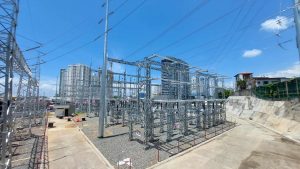Annual average inflation in the Davao Region last year was twice at 5.6% compared with the previous year, the National Economic and Development Authority (NEDA) XI reported.
Based on the agency report, the highest monthly inflation was in September at 7.9% as the inflation rate started to climb in March as the month registered a 4.1% difference among prices of basic commodities. After peaking in September, the inflation started to spiral downward as the December record was at 5.3%.
The agency pointed out that the “uptake of prices was mainly caused by supply shocks, including supply shortages in rice, fish and also due to high global oil prices.”
It also blamed oil prices as the biggest factor as it affected the production costs and transportation operations not only in the region but in all parts of the country.
Among the highest changes in the prices were alcoholic beverages and tobacco at 14%, transport at 7.1% and food and non-alcoholic beverages and 6.2%.
“The inflation only peaked in September and tapered off in the beginning of October…so we are still expecting that there will be an insignificant impact on our GRDP (gross regional domestic products) in 2018,” said Maria Lourdes D. Lim, regional director of the agency.
On GRDP, the value of products and services produced by the region at a certain period, Lim was confident that despite the high inflation rate, the regional economy was to have grown between 9.5% and 10.5% in 2018.
“High inflation remained a top policy concern in 2018 by the government. The national government primarily our economic managers as well as the Bangko Sentral ng Pilipinas (BSP) took immediate measures to address surging prices of commodity,” Lim said.
In the recent forecasts of the BSP, they indicated that national inflation rate will return to between 2-4% beginning this year until the end of the term of President Rodrigo R. Duterte in 2022.



